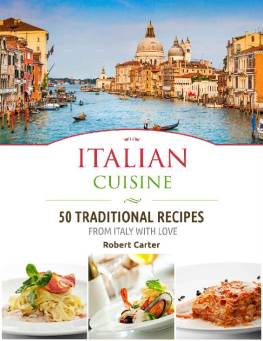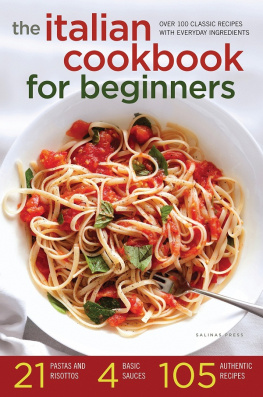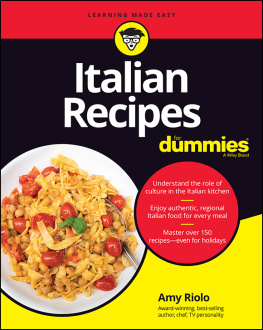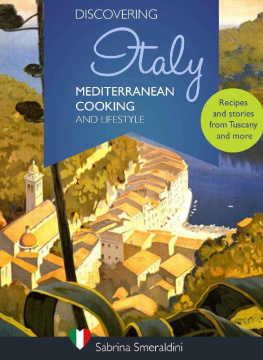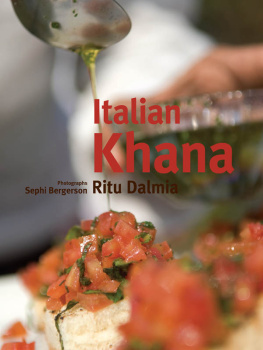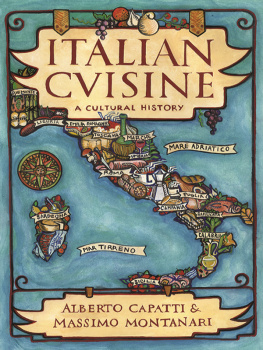
Copyright 2018 by Robert Carter
All rights reserved. No part of this guide may be reproduced in any form without permission in writing from the publisher except in the case of brief quotations embodied in critical articles or reviews.
Legal & Disclaimer
The information contained in this book and its contents is not designed to replace or take the place of any form of medical or professional advice; and is not meant to replace the need for independent medical, financial, legal or other professional advice or services, as may be required. The content and information in this book has been provided for educational and entertainment purposes only.
The content and information contained in this book has been compiled from sources deemed reliable, and it is accurate to the best of the Author's knowledge, information and belief. However, the Author cannot guarantee its accuracy and validity and cannot be held liable for any errors and/or omissions. Further, changes are periodically made to this book as and when needed. Where appropriate and/or necessary, you must consult a professional (including but not limited to your doctor, attorney, financial advisor or such other professional advisor) before using any of the suggested remedies, techniques, or information in this book.
Upon using the contents and information contained in this book, you agree to hold harmless the Author from and against any damages, costs, and expenses, including any legal fees potentially resulting from the application of any of the information provided by this book. This disclaimer applies to any loss, damages or injury caused by the use and application, whether directly or indirectly, of any advice or information presented, whether for breach of contract, tort, negligence, personal injury, criminal intent, or under any other cause of action.
You agree to accept all risks of using the information presented inside this book.
You agree that by continuing to read this book, where appropriate and/or necessary, you shall consult a professional (including but not limited to your doctor, attorney, or financial advisor or such other advisor as needed) before using any of the suggested remedies, techniques, or information in this book.
ABOUT ITALIAN CUISINE
Italian cuisine is fairly considered to be the most popular and definitely the most adopted in the world. Wherever you are in the world you will definitely find their Italian cafes and restaurants with the great variety of Italian dishes.
Cooking and sharing food for Italians is more than just a process it is a part of their lifestyle and culture. By tasting Italian food and by learning more about it you immerse yourself into Italian traditions and history.
There are thousands of recipes in Italian cuisine, most of which are very ancient and transmitted from generation to generation. In this book we collected 50 most popular of them: they all are unique and came from different regions of Italy with their own unique history and features.
We decided to write the book in the form of menu: imagine that you came to an Italian restaurant with the rich variety of different Italian dishes and you have a unique chance to learn how to cook them all in your own kitchen.
Try them all and take yourself to picturesque and sun-drenched lands of Italy full of delicious tastes and aromas of the exotic Mediterranean. We wish you a pleasant and unforgettable culinary journey that starts just now on the pages of this book.
A BRIEF GUIDE ON TRADITIONAL MEAL STRUCTURE IN ITALY
As the most famous gourmet, Italians take food and cooking very seriously, and each meal for them is very important. The do not only choose ingredients and recipes for breakfast, lunch and dinner very thoroughly, but also consider each meal as an essential part of their lives. In this part we will describe briefly what exactly Italians cook and eat for breakfast, lunch and dinner, which will let you to understand the Italian culture and traditions better.
Italian typical morning meal
A typical Italian breakfast usually occurs in the period between 7 and 11 AM and is considered to be the lightest meal of the day. Most Italians start their day with a cup of cappuccino, espresso, or simple coffee and brioche (a type of croissant). The brioche can be different: filled with chocolate, jam or custard (crme). Since for most Italians breakfast should be very light, many of them confine themselves to just one cup of coffee.
It is also interesting to note that Italians drink cappuccino only in the morning before 11 AM, so it is traditionally considered to be a morning drink.
Lunch time in Italy
First of all, it is worth noting that the lunch time in Italy depends on the region. Thus, in the north Italian usually have lunch between 12.30 and 2 PM, while in the south they do it between 1.30 and 2.30 PM.
Lunch for Italians is not just a meal it the whole event. Most Italians like share their lunch time with friends or family members and a glass of fine wine. Usually it is a multicourse affair that includes a starter, the first and the second courses and a dessert.
Almost any lunch in Italy starts with antipasto . Antipasto is known as the meal that is offered before the lunch itself begins. Usually all antipasti are divided into two types cold and hot. Lunch starters in most cases are very light and cold, such as salami or hams for example.
Then goes the first course that is called in Italian Primo piatto . Most Italian prefer such dishes as risotto made with rice or pasta. Sometimes they can also eat soup, but it is less common.
The second course or secondi piatto is the main dish of lunch. Here Italians usually prefer either meat (pork, beef, chicken or rabbit) or fish. The main dish is typically served with the side dish ( contorni ), such as either cooked vegetables or a salad.
Either at home or somewhere at a cafe, Italian lunch ends with dessert called dolce in Italian. Typical Italian dessert served after delicious lunch can be a cake, ice cream or seasonal fruit.
Since most Italians are quite busy and do not have much time for having a proper lunch, especially if they live in a big city and work full-time, they limit themselves to a quick snack on the run. Italian especially like filled rolls that they call panino . The most common fillings for such rolls are tomatoes, mozzarella cheese, and raw or cooked ham.
Typical Italian dinner
Dinner for Italians symbolizes a successful end of the day and family time, when all family members gather around a family dinner table. Therefore, dinner for most Italians is very special.
Usually dinner in Italy stars around 8 PM and might last for a couple of hours. The structure of dinner is quite similar to the lunch one described above: it includes a starter that is followed a couple of courses and a dessert. The choice of dinner dishes differs quite little from lunch. For example, an antipasta menu usually includes a cheese or ham plate. The only one significant difference is that a starter for dinner is usually served hot. The first course is in most cases pasta, while the second or main course is full of protein and therefore usually includes fish or meat dishes served with salad.
With regards to dessert, most Italians choose something very light, such as lemon sorbet and tiramisu.
It is also interesting to note that dinner is actually the only one time, when Italians cook and eat a brick-oven-style typical Italian pizza.
One more interesting dinner tradition in Italy is finishing eating with drinking a digestif usually lemon liquor or a cup of espresso that contribute to better digestion.
ITALIAN CUISINE BY REGION
Next page
